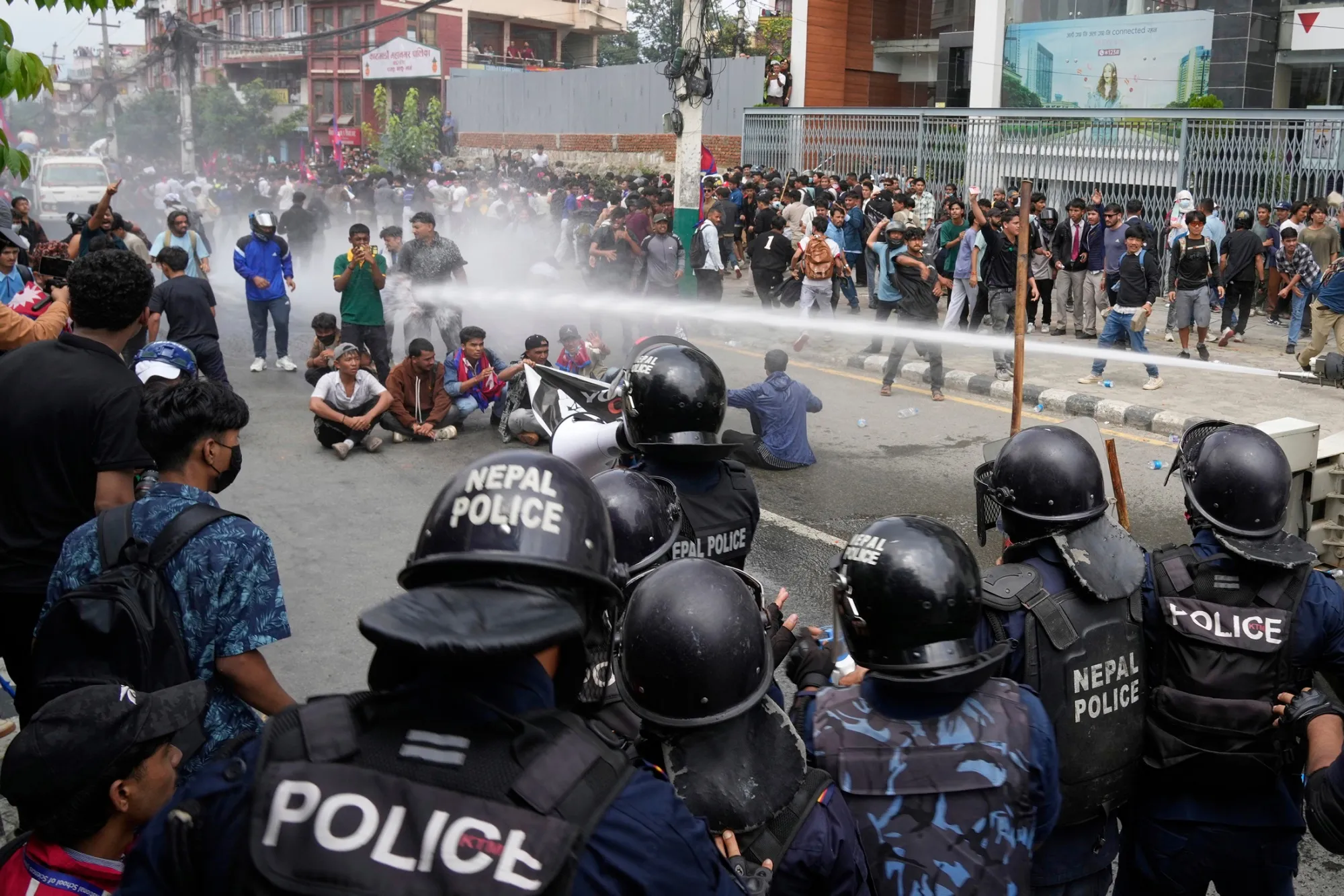This article does a deep dive on the many facets of informal political participation that young people engage in and what impact it has on our democratic institutions.
India’s Youth and Democracy is India’s flagship research on civic engagement when it comes to the youth in India. The report delves extensively into accessibility of voting, issues that the youth care about and the general demographic of what constitutes the youth of India. In the dense data, we are able to work through several issues that can inform not just future policy making but also further research on these topics at large.
Despite the lack of a census, 2021 projections predict that more than half of India would be under 25. But for a country that seems to be burgeoning under the weight of a population that is getting younger by the day, it does not consider the youth as a category with its own specific needs and demands. Age is hardly considered as a parameter both for policy makers and politicians– even as the Parliament gets older with each passing session, reducing the ambit of representation.
The report by the Centre for Youth Policy sheds important light on issues that make the youth excited. What do they really care about, and what would get them to not just the voting booths but to also start the process of contesting for elections are some of the questions that populate these pages. These and some more have been discussed in detail in the report but this article will focus on the resurgence of the youth as a conduit of informal political action and how that informs tangible interaction that the youth has with politics and political ideas.
The report takes a nuanced outlook towards this trend. India has had a rich history of informal political participation, through protests and community engagement and the youth continues to favorably look at these as more viable options than direct political action. However this has taken a turn since the data reflects that there has been a slight rise in the youth expressing more faith in direct political action as opposed to community service. What they do on the ground shows a completely different reality. For instance, student politics remains one of the most participated in activities for civic engagement where over 47 percent of the responders said that they have in some capacity participated in student unions/ elections. 78 percent of the respondents believe that student elections are important and bring tangible change to their lives. Thus voting in student bodies is the closest the Indian youth get to exploring democracy in a microcosmic setting.
Figure 2.2: Participation in Student Union Election
The above graph is figure 2.2 from the report. It shows the percentage of respondents that have participated in student union elections in some capacity. 47% of total respondents have been active participants therefore making student elections one of the few places where there is active participation from the youth. While this may not replace direct political action it points towards an interesting trend of Student Union Elections being a relevant force when it comes to the youths interaction with democratic civic engagement.
These statistics are important because they are reflective of two important ideas– the first is that the ease of access to student elections as well as the way in which student bodies canvass should be used as a defining case study when parties at the national and state level are attempting to engage the younger generation in direct political action. The second and perhaps the more important idea is the dwindling faith in democratic institutions and their direct impact on the individual citizen. The larger question will always remain whether the value of the vote matters or not. As power changes hands and incumbency rates remain high, the issue remains why the largest vote bank has yet to be mobilized in ways that makes them positive stakeholders in the conversations that are taking place.
Student elections, while acting as grounds for growing interactions of democratic institutions and its participants, cannot just be the only place where conversations like these take place. Two ancilliary notes that the report also makes is that of informal civic engagment and the presence of leaders. Over 73.7 % respondents were interested in civic engagment but only 32.9% participated in protests. And while civic engagement can look different for different people, this is a cause for alarm for a healthy democracy where protests and such channels are important to keep governments and political parties accountables. Figure 2.1 from the report shows this trend quite clearly. The second important data point that is worth noticing is the presence of youth leaders that people can look up to. An overwhelming majoirity of 63% respondents said that they did not have any leader that they could look up to or emulate. This is a sign and cause of worry.
Figure 2.1: Interest in Civic Engagement vs Participation in Protest
Figure 2.3: Visibility of Inspirational Young Leaders
The youth clearly wants to directly participate in dialogue but accessibility remains limited and knowledge is low. Couple this with the age of candidacy and barriers of entry keep on increasing with each passing year. Policy recommendations around engaging a broader spectrum of the population need to be ideated on. The need for identifying the youth as a separate political group with its own needs should be looked into.




 (15).png)